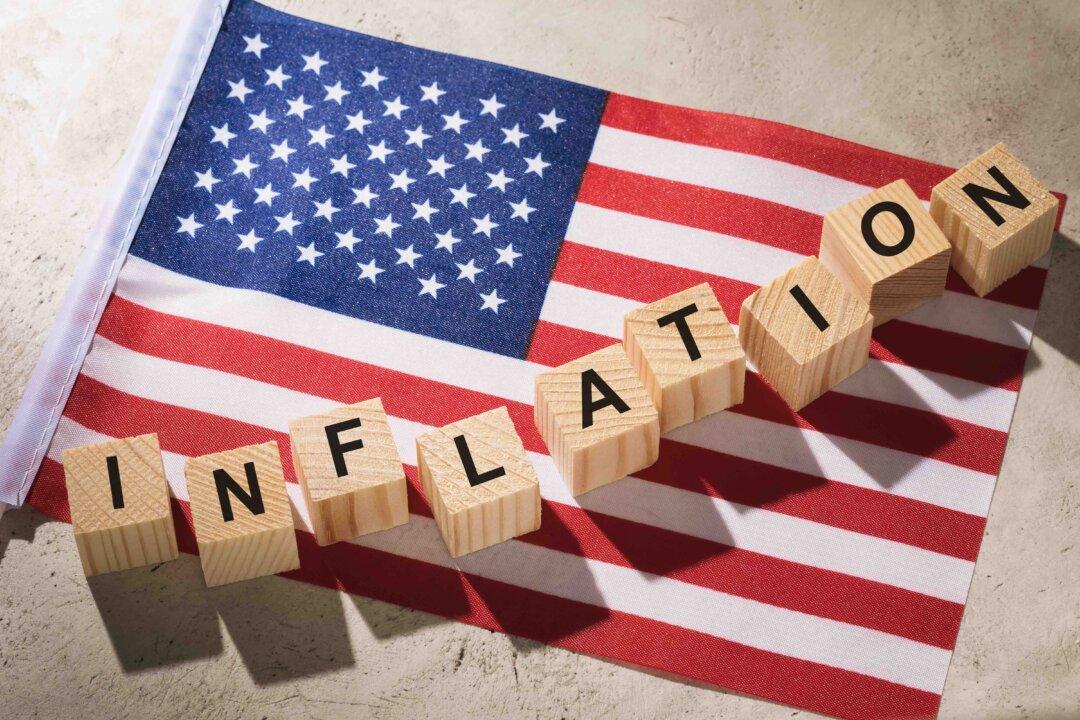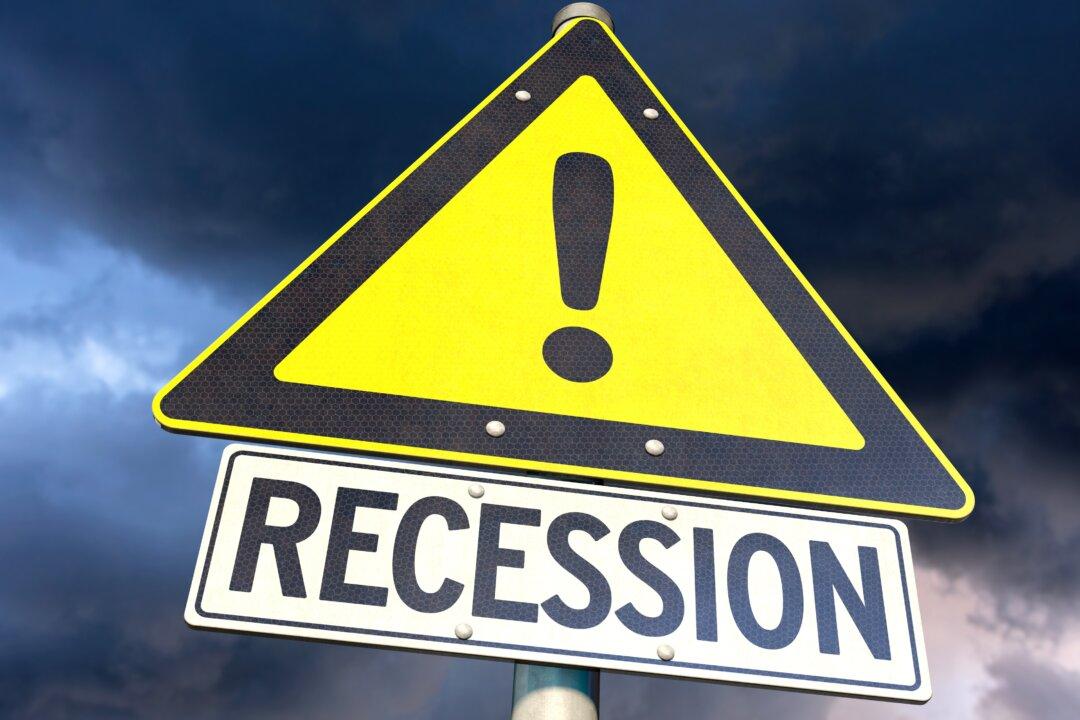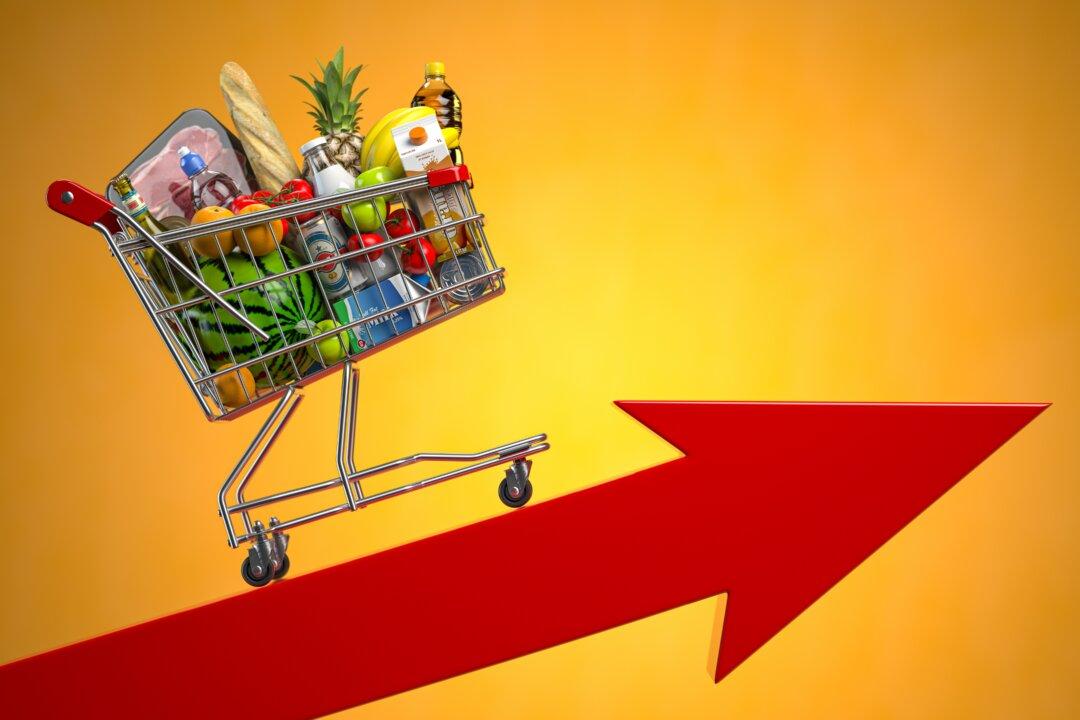Commentary
If you had to describe last year using only a single word, for most people the world they’d choose would probably be “shortages.” Everything from new cars to chicken tenders seemed to be in short supply. There were the not-infrequent social media outbursts flooding people’s screens with images of bare grocery store shelves, the search-term #emtpyshelvesBiden repeatedly trending.





